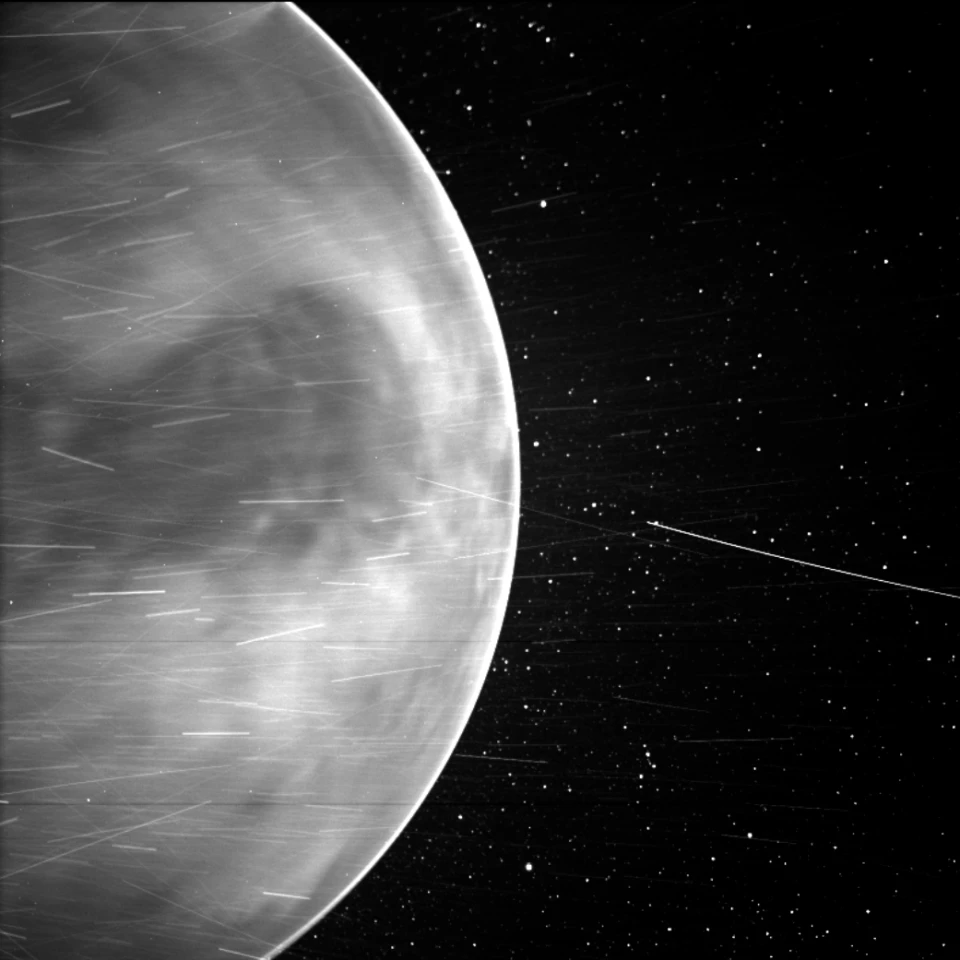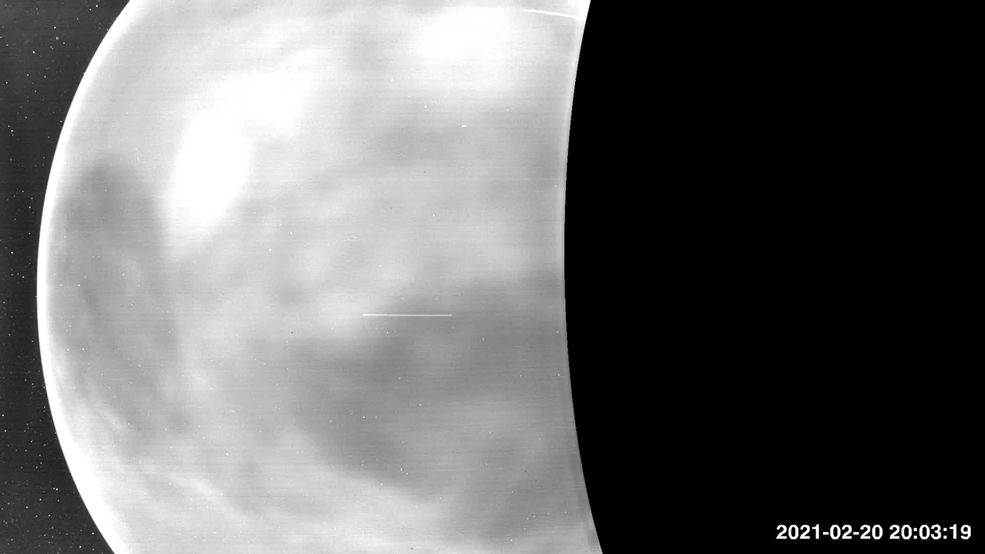Though designed to study the Sun, NASA's Parker Solar Probe has scored a first by collecting the first images of the surface of Venus in visible light using its Wide-Field Imager (WISPR) while flying by the planet's night side in 2020 and 2021.
Despite being so similar in size and location to Earth as to sometimes being called our planet's twin, Venus has been an object of mystery ever since the invention of the first telescope.
Unlike the Moon or Mars, Venus is shrouded in thick clouds that hide its surface from the naked eye, leaving its geography a mystery until NASA's Magellan mission probed through the clouds with radar beams in the 1990s to produce the first global maps. JAXA’s Akatsuki spacecraft penetrated the cover using infrared images, but, until now, the only pictures in visible light of the surface came from the Soviet Venera landers during their brief lives on the planet in the 1970s.

This changed in July 2020 when the Parker Solar Probe made its third flyby of Venus. It was a maneuver intended to use the planet's gravity to slingshot the probe closer to the Sun than any other spacecraft in history, but it also gave scientists an opportunity to learn more about Venus using the WISPR instrument.
Because WISPR can see faint features in the solar atmosphere and wind, the goal was to look at the tops of the Venusian clouds to measure their speed. To the NASA scientists' surprise, what they actually got was the surface of the planet.
This serendipitous discovery was so exciting that NASA decided to try again on Parker's fourth pass in February 2021 to take more images when Venus would display its night side full on to the probe. In this darkness, where the red light that otherwise gets lost amongst the sunlight reflected from the cloud tops is visible, the surface would be radiating heat at an extremely high temperature.
"The surface of Venus, even on the nightside, is about 860 degrees (460 °C),” said Brian Wood, lead author on the new study and physicist at the Naval Research Laboratory in Washington, DC. "It's so hot that the rocky surface of Venus is visibly glowing, like a piece of iron pulled from a forge.”

In fact, WISPR was able to see the surface through the clouds not only in the infrared proper, but in the same spectrum band visible to the human eye, though at the very red end that fades into the very near infrared frequency. The result was a built-up image that maps accurately on to the radar maps returned by Magellan of the continental region Aphrodite Terra, the Tellus Regio plateau, and the Aino Planitia plains, with the cooler, higher altitude areas showing as dark patches.
The new images are not only impressive from a technical point of view, but they are also of great practical value. Because materials glow in the infrared at unique wavelengths, such images can be used by later missions to learn more about the surface geology of Venus, as well as its evolution.
"“We’re thrilled with the science insights Parker Solar Probe has provided thus far," said Nicola Fox, division director for the Heliophysics Division at NASA Headquarters. "Parker continues to outperform our expectations, and we are excited that these novel observations taken during our gravity assist maneuver can help advance Venus research in unexpected ways."
The research was published in Geophysical Research Letters and the video below discusses the new images.
Source: NASA







